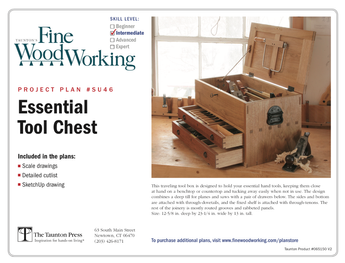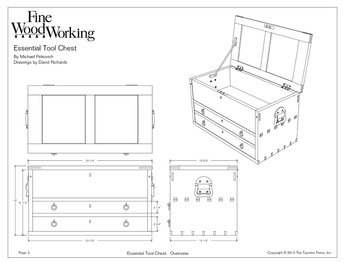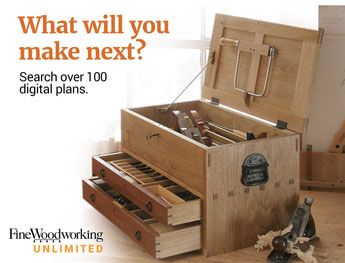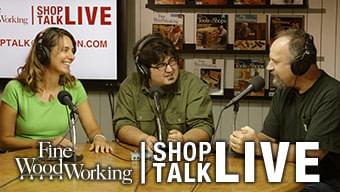I’m making a table out of solid Red Oak, flat sawn, 1” thick. It will consist of 3 pieces, 2 will be 40” wide by 30” long, the ends, the middle piece will be 40” wide by 18” long, the leaf piece. It will have supports under it from the sliding mechanism that allows the leaf to be added or removed. Changing the length as needed. The sections will be made up with boards 6-8” wide glued up to get the width needed,
Should I add Bread Board ends to all 3 pieces? Or just to the 2 longer pieces? Or not at all?
If I just did the 2 longer pieces wouldn’t it look funny when the leaf was in?
Would it look odd if I added the Bread Board ends to the leaf as it is so short?
The lengths would not increase if the Bread Board ends are added. I’m thinking the Bread Board ends will help keep the top from warping or twisting. Thanks in advance for your advice.















Replies
Which way are you running the grain on the table? Which way on the leaf?
I am running the boards length wise, the boards will be 30” and 18” long minus the Bread Board if installed.
A visual of leaves in that vain. Not sure if this qualifies as a bread board edge, but it has that look. The leaves are 14" each.
I like a big table with breadboard ends. If you can grain match the two large sections as continious boards it will look great. If you are only putting in the center leaf occasionally worry more about building it to stay flat in storage than for what it looks like. ...just my opinion.
My experience tells me that you are making a mistake to run the grain the direction you said. In particular, a red oak board 18" long and 40"wide will be very unstable, and prone to breaking if there is ever any force on it. It won't stay flat with seasonal humidity changes, and will likely split if you do try to flatten it out. The other problem is that, depending on the winter vs summer humidity in the table's future environment, it could change width by over 1/2" between summer and winter. I made a red oak end table that was 15" wide, with bread board ends. In the summer the ends were flush; in the winter the breadboard ends projected 1/8" at each end (1/4" total shrinkage.) You are potentially looking at over twice that. And, given that the leaf will be more or less sitting on the extension slides, there won't be any way to keep it flat.
The best way to build the table is to run the grain across the width, and use battens in line with the extension slides to keep it from cupping. Then use matching battens underneath the leaf. You don't say what the leg structure underneath the top will be, but 1" thick red oak (especially if it is nominally 1" and is actually thinner) won't extend all that far without needing support.